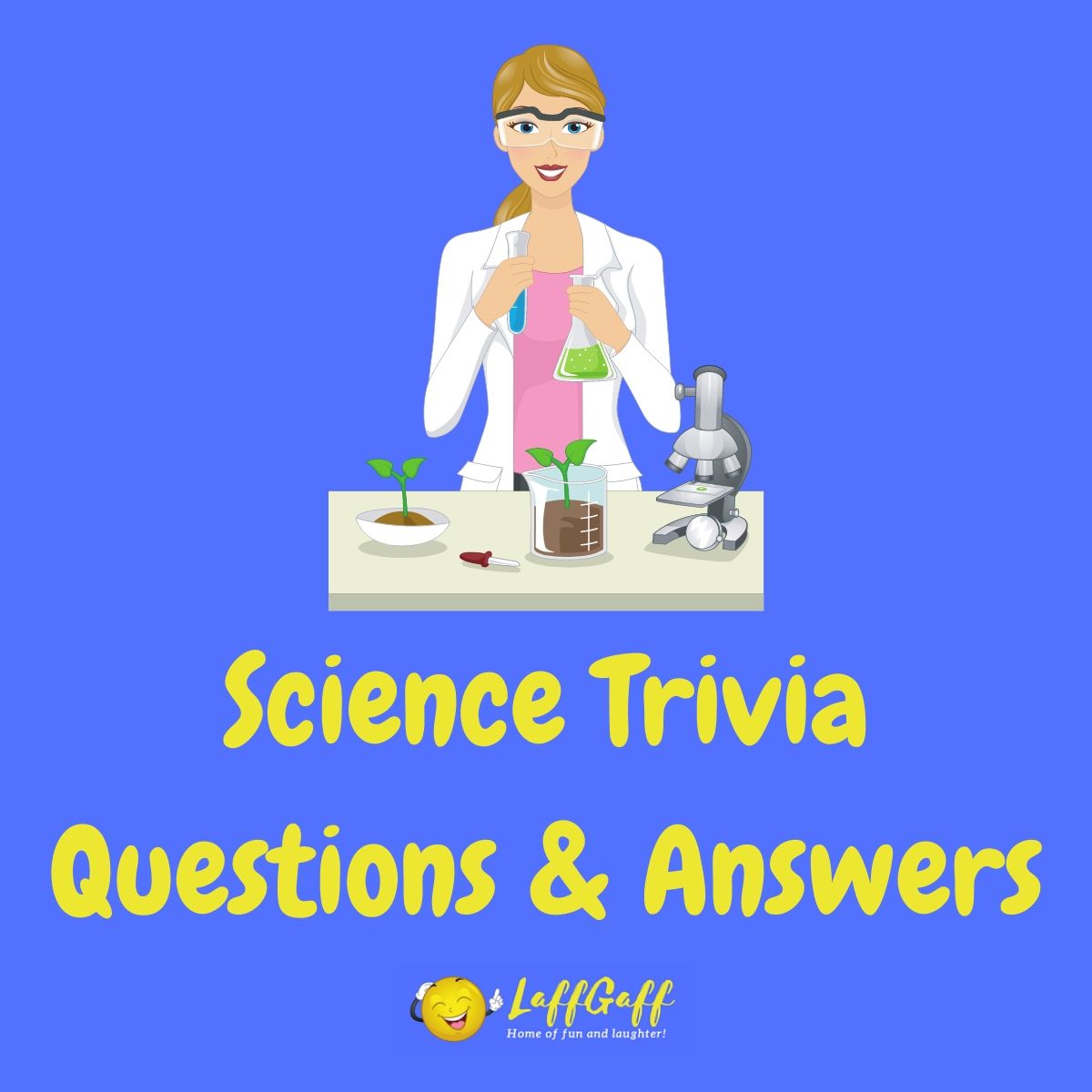Question: What is the first element on the periodic table?
Show answer
Hydrogen.
The first element on the periodic table is Hydrogen. It is represented by the symbol ‘H’ and has an atomic number of 1, indicating it has one proton in its nucleus. Hydrogen is the lightest, simplest, and most abundant chemical element in the universe, making up about 75% of its elemental mass.
Hydrogen is a colorless, odorless, and tasteless gas at room temperature and pressure. It is a nonmetal and is placed in Group 1 of the periodic table because it has one electron in its outer shell, like the Group 1 alkali metals. However, it differs from these metals in many fundamental ways, hence it’s also often placed separately at the top of the table.
Its abundance and high energy content make hydrogen potentially valuable as a clean-burning fuel. When hydrogen gas burns, it combines with oxygen to form water, without producing harmful by-products. Furthermore, hydrogen plays a crucial role in powering stars, including the sun, through the process of nuclear fusion.
Despite its simplicity and prevalence, pure hydrogen is rarely found on Earth due to its propensity to combine with other elements. However, it can be produced in a variety of ways, including through the electrolysis of water.



